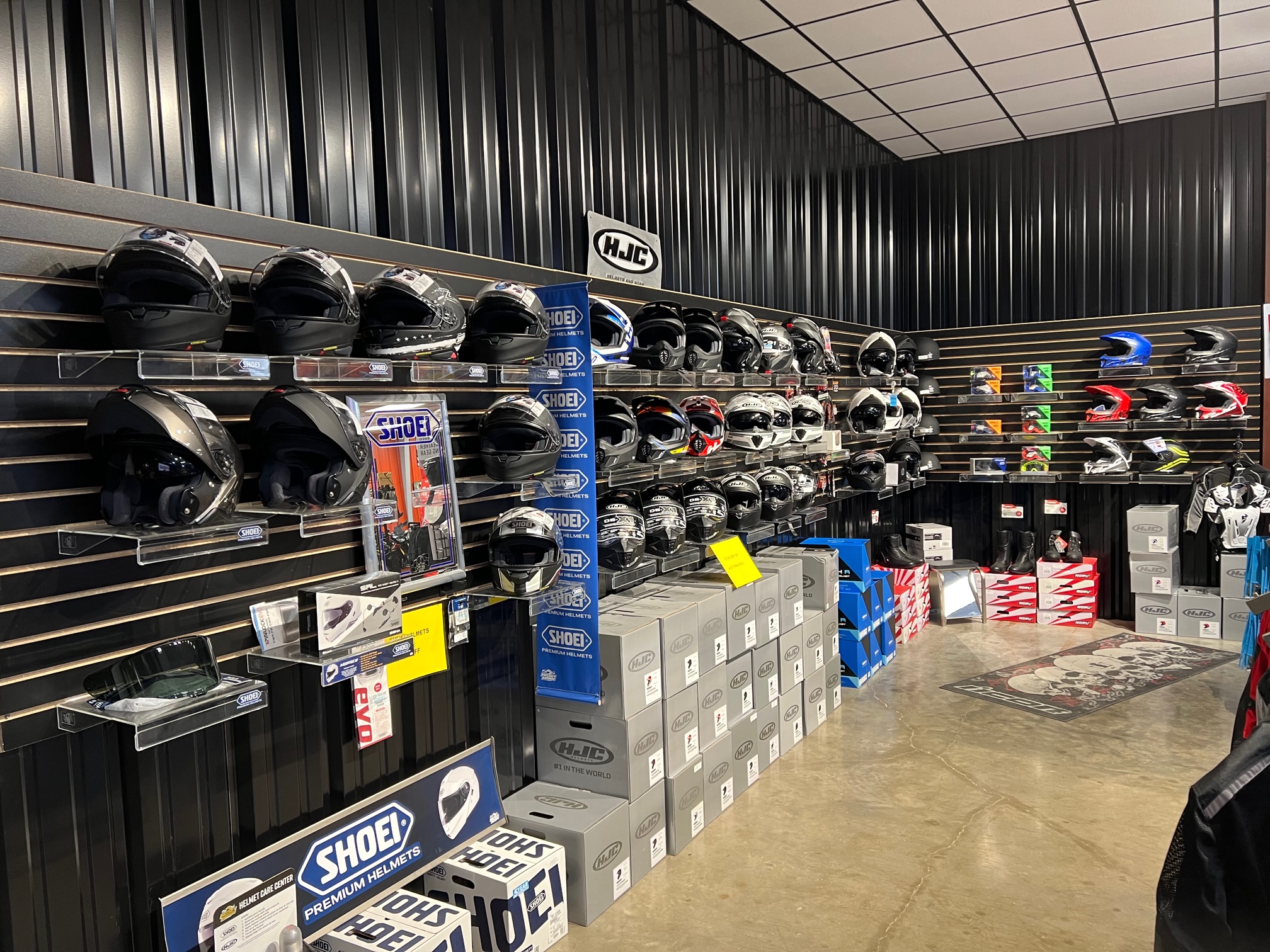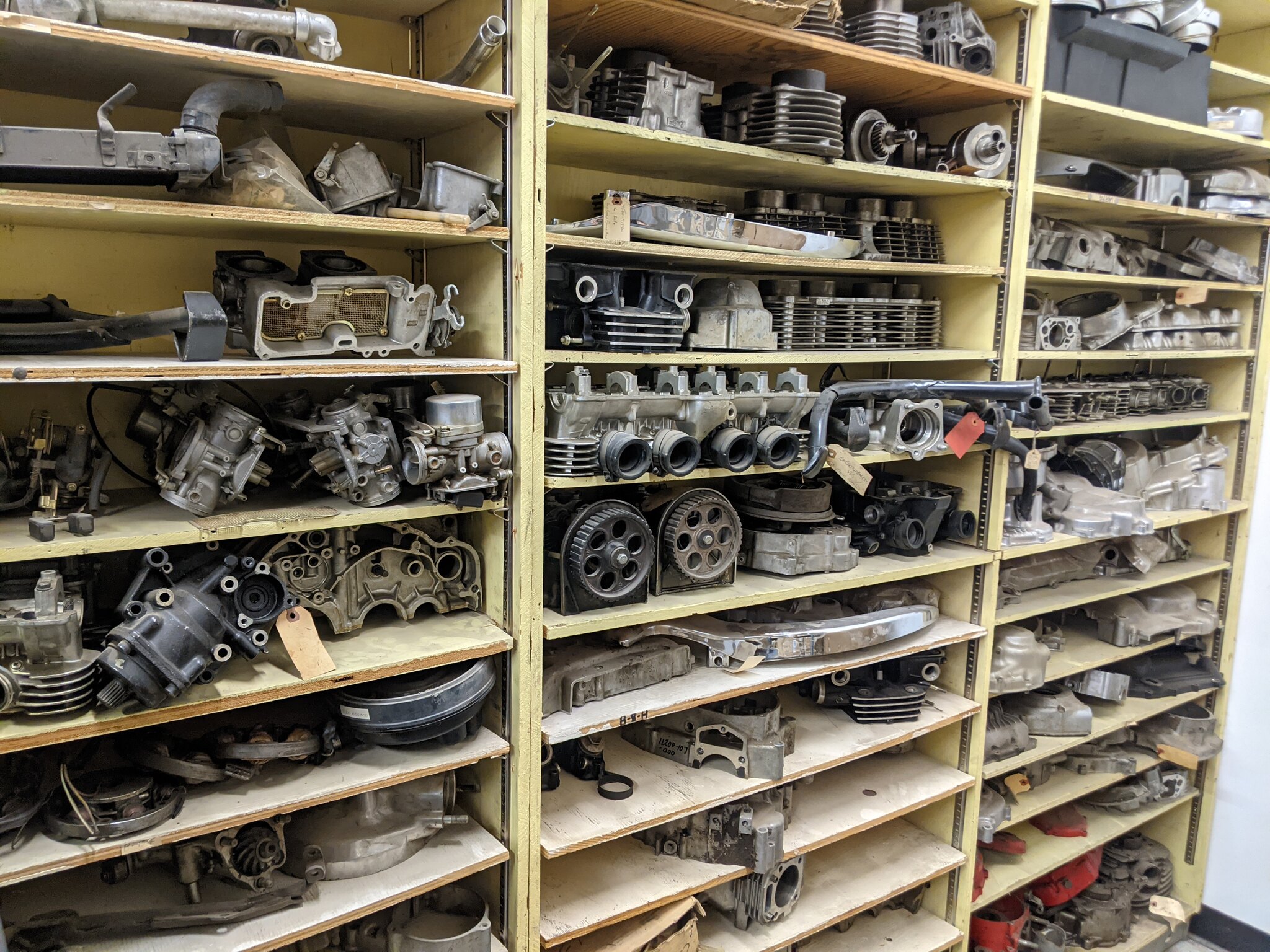Store the most effective MX Parts NZ for Your High-Performance Bike
Store the most effective MX Parts NZ for Your High-Performance Bike
Blog Article
Recognizing the Important Components of a Motorcycle: A Comprehensive Overview for Enthusiasts
For bike lovers looking to raise their riding experience and guarantee their bikes run smoothly, understanding the important components of a bike is extremely important. Each aspect, from the engine's complex functions to the essential role of the stopping systems, not just influences efficiency yet likewise security and convenience.
Engine Components

The camshaft plays an essential role in managing the timing of the engine's valves, ensuring the specific opening and closing necessary for reliable fuel and air intake, in addition to exhaust expulsion. This timing is essential to maintaining optimum engine performance and effectiveness. In addition, the carburetor or fuel shot system, depending on the bike design, is accountable for blending air with fuel in the appropriate proportion for combustion.
The air conditioning system, either air or liquid-based, works to preserve the engine's temperature within functional limits, stopping getting too hot and making sure durability - motorbike shop. Each component, carefully made and incorporated, adds to the smooth procedure of the engine, defining the motorcycle's power result and overall performance
Transmission System
Essential to the motorbike's capability, the transmission system makes certain effective power transfer from the engine to the wheels. This system comprises several vital parts, consisting of the clutch, transmission, and final drive, each playing a crucial function in converting the engine's power into movement. The clutch, generally run by a hand bar, offers to involve and disengage the engine from the transmission, permitting for smooth equipment adjustments and controlled acceleration.
The gearbox, typically described as the transmission proper, includes a set of equipments that cyclists can by hand change via to readjust the bike's speed and torque result. These equipments are prepared in a series that makes it possible for the motorbike to speed up efficiently and preserve optimal engine performance across various rates. Many bikes utilize a sequential gearbox, needing the cyclist to change gears in a fixed order.
Braking Systems
While understanding the transmission system is vital to using a bike's power, just as essential is the capacity to control and stop that power effectively, which is where braking mechanisms enter into play. Brakes are vital for security and performance, providing the cyclist with the required control to browse numerous surfaces and problems. Normally, motorbikes feature two kinds of braking systems: disc brakes and drum brakes.
Disc brakes are extra widespread in modern bikes due to their premium performance. They contain a brake disc, caliper, and pads. When triggered, the caliper squeezes the brake Check Out Your URL pads against the rotating disc, transforming kinetic power into warmth, thus reducing the wheel. This system supplies far better heat dissipation, constant performance, and boosted quiting power, especially in damp conditions.
On the other hand, drum brakes, though less usual, are still located in some motorcycles. They work by pressing brake footwear versus the internal surface of a drum connected to the wheel. While generally much less effective in warmth dissipation and stopping power, drum brakes are simpler and extra cost-efficient.
Recognizing these braking systems' subtleties enables bikers to preserve their motorbikes appropriately and value the design that makes sure safe and effective stopping.
Suspension and Steering
Suspension and guiding systems are important components Clicking Here that considerably influence a motorcycle's handling and adventure comfort. The suspension system, consisting of forks at the front and shock absorbers at the rear, absorbs roadway abnormalities, enhancing security and control. Front forks, typically telescopic or upside down, compress and rebound to alleviate effects, while back shock absorbers maintain tire call with the roadway, important for traction and safety and security.
Steering, focused around the handlebars, links the rider to the bike's directional control. The guiding head bearings guarantee smooth operation, permitting accurate ability to move. Appropriate positioning and upkeep of these bearings are critical for foreseeable guiding feedback and reducing motorcyclist exhaustion.
The suspension's adjustability is an additional vital facet; preload, damping, and rebound setups allow modification to fit various riding styles and conditions. This adaptability is vital for enhancing efficiency, whether navigating city roads or tackling sturdy tracks. Innovations like digital shock absorber supply real-time adjustments, boosting ride best budget motorcycle gloves top quality across varied terrains.

Electrical Systems
After making certain a smooth and controlled ride with reliable suspension and guiding systems, focus turns to the electric systems, a pivotal facet of modern motorcycles. These systems play a crucial duty not only in beginning the engine however additionally in powering different parts that boost the capability and safety of the bike.
At the heart of a motorcycle's electric system is the battery, which stores electrical power necessary for starting the engine and powering auxiliary systems - motocross gear nz. The generator or generator, combined with the rectifier-regulator, makes certain the battery stays billed while the motorbike is in operation, converting power into electric power and keeping voltage levels
The ignition system, another essential part, is in charge of firing up the air-fuel mixture in the engine's cyndrical tubes. Modern motorcycles frequently use a digital ignition system, offering better effectiveness and integrity compared to standard systems.
Lights systems, including fronts lights, tail lights, and signs, are additionally essential, guaranteeing visibility and safety and security for the biker. Added electronic components such as sensors, control devices, and presents add to sophisticated attributes like gas shot administration, anti-lock stopping systems (ABDOMINAL MUSCLE), and digital dashboards, further enhancing the riding experience.
Final Thought
A comprehensive comprehension of a bike's vital parts, consisting of the engine, transmission system, stopping systems, suspension, steering, and electrical systems, is indispensable for lovers aiming to optimize efficiency, convenience, and safety and security. Mastery of these aspects permits informed choices relating to upkeep and upgrades, ultimately improving the riding experience. By incorporating this understanding, bikers can guarantee their bikes operate at peak effectiveness and integrity, thereby making the most of both enjoyment and longevity of their automobiles.
For motorcycle enthusiasts looking to elevate their riding experience and guarantee their bikes run efficiently, understanding the essential components of a motorcycle is critical.Essential to the bike's functionality, the transmission system makes certain effective power transfer from the engine to the wheels.While understanding the transmission system is essential to utilizing a bike's power, similarly vital is the capability to control and stop that power successfully, which is where stopping systems come right into play. Typically, bikes include two types of braking systems: disc brakes and drum brakes.
A complete comprehension of a motorbike's essential components, including the engine, transmission system, braking mechanisms, suspension, steering, and electric systems, is crucial for fanatics aiming to maximize efficiency, convenience, and safety.
Report this page